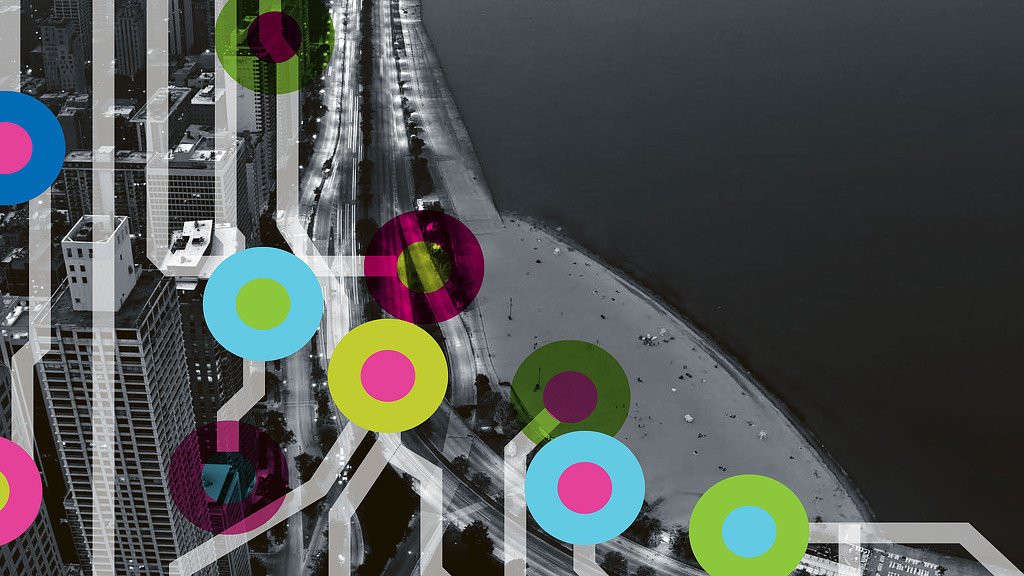We Are in the Midst of a Paradigm Shift for Higher Education
March 17, 2020
Editor’s Note: This post is part of our ongoing exploration of how design is responding to the COVID-19 pandemic.
As schools across the globe grapple with a health crisis, an unprecedented number of students, families, and faculty have been disrupted. As of March 17, 102 countries have closed schools nationwide, impacting nearly 900 million children and youth, according to UNESCO. With the hour-by-hour changes in response to this global health crisis, universities across the globe are making drastic changes in a very short period of time, shifting traditional face-to-face course content to online content, seemingly overnight. This is a paradigm shift that will potentially shape the future trajectory of campus life.
Up until this point, universities have been making the transition to online learning over the past few decades with some institutions leading the charge: Ohio State University (since 2008), University of Illinois-Chicago (since 2007), and University of Florida (since 2001) are among the universities that have primarily offered their well-known brick-and-mortar campus environments with limited supplemental online courses to often a few thousand students. And some institutions utilize an online learning platform like Coursera to offer online courses, specializations, and degrees.
However, with a drastically different scale and with a much quicker speed, precipitated by precautionary measures taken by schools and governments over the past week, more than 300 U.S. universities have closed and announced plans to move classes to online/remote learning by utilizing digital platforms such as online learning management systems, email, and video conferences.
As we look back in history, when we have faced momentous changes like this in the past, we never quite go back to business as usual. The internet, and with it, online shopping, changed the brick-and-mortar retail environment; the bankruptcy of Lehman Brothers forever changed the banking and mortgage industry; and 9/11 forever changed air travel.
The question for higher education is, what will the university of the future look like? As we make short-term decisions to respond to the global pandemic, we will also have a long-term opportunity to reinvent the traditional university learning experience.
Reinventing the traditional university learning paradigmThe opportunity at hand is the reinvention of the traditional university learning experience. There will always be a need for a physical presence for we are naturally social beings, but the future campus could merge online learning with traditional campus learning.
Just as consumers have embraced the choice for physical and online options for everything from banking to grocery shopping, higher education should also offer students a choice for physical and online learning. One of the biggest differences with education, however, is the outcome. Online learning may require a shift in expectations of what we’re preparing our students for.
In education, the environment is always geared towards a reflection of where the student is going. The top middle schools are preparing students for what it will be like to succeed in high school. The top high schools are preparing students for what it will be like to succeed in college. And the top college environments are the one that most closely emulate the post-graduate world that the student will enter upon graduation. This emulation is often more than just the environment — it’s the rigor, the course work, the professionalism. As workplaces across the globe have sent their employees to remote work zones, the future of the university will be highly influenced by what the workplace becomes.
As the world changes around us, and time seems to move faster, the ability to start, continue, or finish one’s higher education degree is increasingly being limited by the ability to shift to a 100% in-person learning engagement. Working parents, working students, and people who can’t afford to move onto campus have embraced online learning. This move to online learning has proven to be not only a place-shift, but also a time-shift and a speed-shift. It allows people to learn at their own pace, but also at their own place.
Short term adaptations with long term implicationsIf done right, the new hybrid of in person and online learning could allow more students to enroll at universities because of the convenience of place, time, and learning pace shift. While we could potentially see fewer students who are physically on campus, we could also witness higher graduation rates, because students learning virtually will have the ability to listen, relisten, and slow down an online learning module until comprehended. Just in the past few weeks, we have witnessed universities make some immediate, fundamental shifts. These short-term adaptations could have profound long-term implications for how we plan for future learning space:
- New uses for digital platforms and communications channels
- Changes to workflow and learning cadence, pace, and timeframes
- New individual and systemic approaches to resilience and preparedness
- Imperatives around human connection and innovation around achieving this
- Support services (advising, counseling, mental health, financial, etc.)
How will these immediate pivots play a role in defining what the future university looks like and acts like? We need to allow for our universities to not only address the crisis at hand, but also to plan for a long-term vision to evolve the higher education environment while looking to a future state of a more blended learning experience. If we take the best practices we have learned from institutions that have successfully implemented blended learning programs, harness the knowledge base within our university system, and amplify the impact for our future generations of workers, this would be a true paradigm shift in higher education that would transform its trajectory for generations to come.
For any media inquiries, please email .
